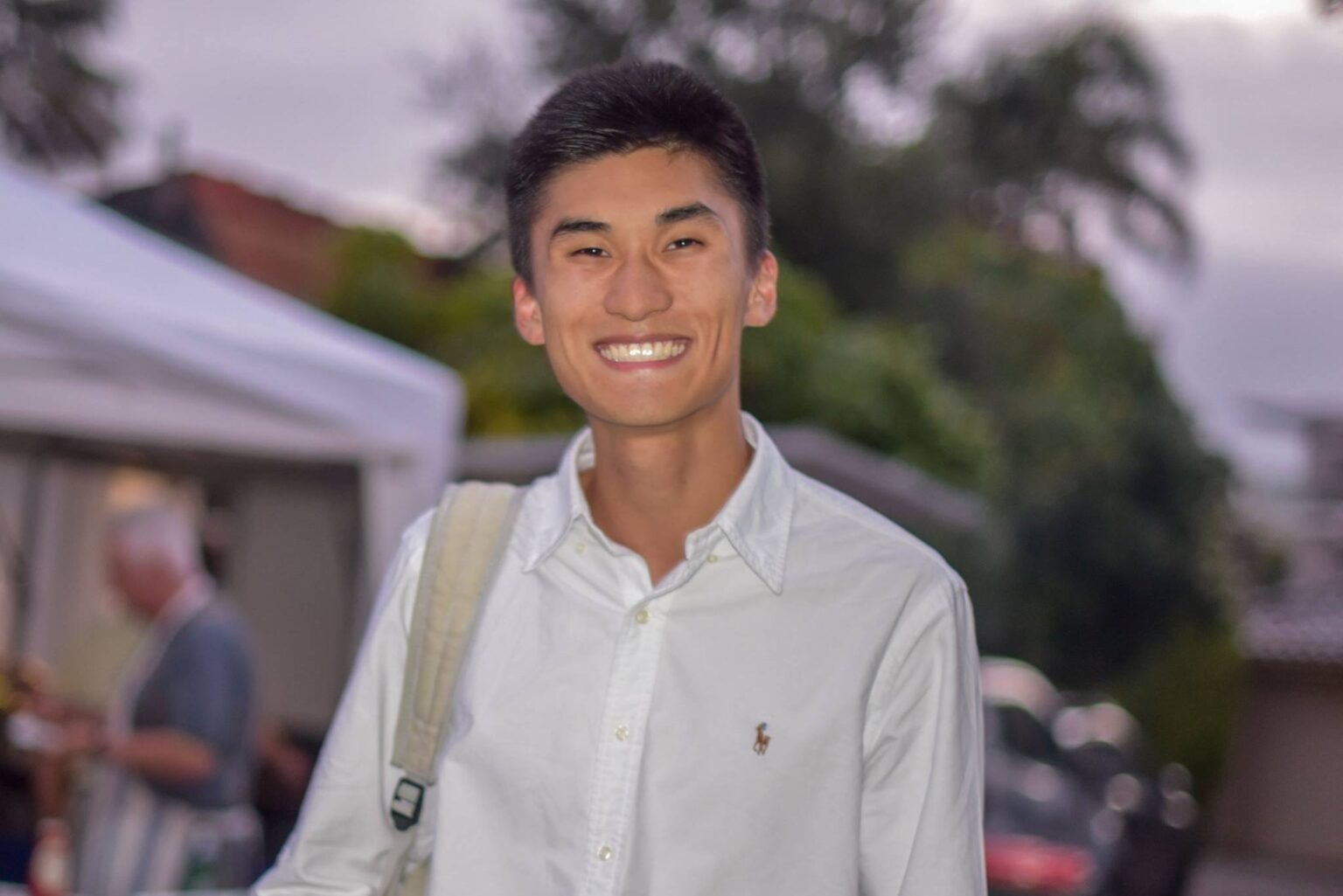Student Hogan Wang and Teaching Fellow Dr Chris Roche recently collaborated on a medical research article which has been published in the European Journal of Cardio-Thoracic Surgery: ‘Omentum support for cardiac regeneration in ischaemic cardiomyopathy models: a systematic scoping review’.
Dr Chris Roche says that the publication of this article demonstrates the benefit of being part of our College community. “This project came out of a conversation Hogan and I had in the Senior Common Room one evening last year. 18 months later and with Hogan’s hard work, it has been published in a well-regarded journal which is a massive achievement and well ahead of most first year medical students. It really demonstrates how the College adds value for students, over and above what they might get at the university outside of the collegiate environment.”
Hogan discusses his interests and research with us:
Where did the idea for this research topic come from?
The idea of collaborating together came to me shortly after Dr Roche joined St Andrew’s. His area of research in cardiac bio-printing interested me and we spoke about writing a paper together one afternoon in the Senior Common Room. From this conversation, we met with the research team based at Royal North Shore Hospital and devised a topic together.
If you could break your research down into less technical language, so we can all better understand your achievements, how would you explain it?
Essentially the heart has a very limited capacity to regenerate itself, unlike other organs such as the liver, which can. There are few options for patients who develop severe heart failure and transplant is often the only route. However, there is a shortage of heart donors and so technologies which enable cardiac regeneration may offer these patients an exciting alternative without the need to undergo invasive surgery. Our paper shows that the omentum, a sheet of tissue in the abdomen with very special qualities, may play an integral role in supporting these regenerative technologies in the future.
This is my first paper in which I am the primary author and to have it published in the official journal for the European Association for Cardio-Thoracic Surgery is very humbling.
Did anything surprise you as you gathered the information?
I was surprised and pleased by the level of meticulousness that was required to publish this paper. Every detail has been scrutinised both by our team and also expert peer reviewers from around the world. All necessary for publication in a highly-regarded journal!
What has been the most interesting finding from this research?
I think the most exciting conclusion is that the omentum is capable of inducing the growth of new blood vessels and slowing down the rate of deterioration in a failing heart. These are very desirable effects of using this tissue in bioengineering and I hope to see it be used more in future research and therapeutics.
What are your main areas of interest? What would you like to do next?
My main area of interest lies in surgery, although this may change in the future! My father was a cardio-thoracic surgeon and it feels exciting and humbling to be following in his footsteps. I would like to continue my research in this field and also begin exploring other avenues of research which will make a positive difference to patients.
The College congratulates Hogan and Dr Roche on this significant achievement.

